The South Shore Romany Gypsies
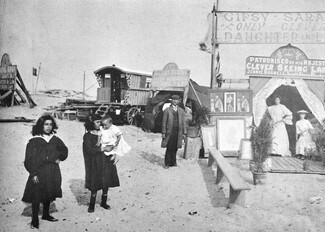
“The Romany Gypsy families who formed the South Shore community arrived in Blackpool in the 1870s and formed a semi-permanent encampment on the empty waste-land and sand dunes at the southern end of the town. There were several different families – Boswells’, Smiths’, Youngs’, Herons’, Lees’ etc - but for the most part they were closely related by blood, by marriage or by association. The majority were natives of East Anglia but had travelled to Lancashire as a group.”
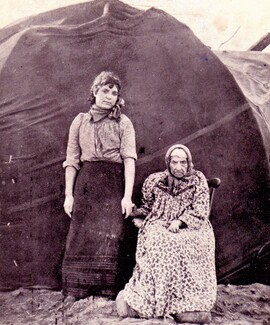
The Travellers’ Times’ first came across these intriguing photographs, over a century old, that show Romany Gypsies, with their vardos, tents and stalls, living and working on Blackpool’s South Shore beach, on Robert Dawson’s website. Robert Dawson is a historian who collects, among other things, old photographs and artwork depicting Romany Gypsies and Irish and Scottish Travellers through the ages. We contacted Robert, or Bob as we know him, to ask him if we could publish some of the photos as part of a small photo feature – and we also asked him if he had any more information about them. It didn’t take Bob long to reply and say yes, we could use them, and no, he didn’t have much more information – but could put us in touch with someone who did! One thing led to another and we were soon talking to Sharon Heppell, a genealogist and historian, whose ancestors were part of the community, and who had been studying the South Shore Romany Gypsies for decades. Sharon Heppell also had more photographs of the South Shore Romany Gypsies and over the course of a few emails told us a lot about them. Sharon Heppell has been so generous with her time with us, and has agreed to let us publish her emails, which distil into a few hundred words not only the fascinating times and lives of the South Shore Gypsies, but also decades of her own genealogical and historical research. Thank you, Sharon, and over to you:
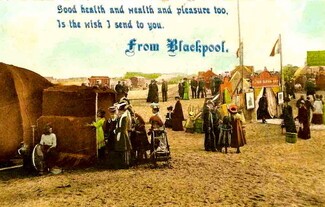
The South Shore Romany Gypsies
What makes the South Shore Romany Gypsies very unusual is that previously they had travelled together throughout Britain and Ireland as the so-called "Epping Forest Gypsies", holding dances in public buildings in major towns and cities but also opening up their encampments at each location to the general public and inviting them, on payment of a fee, to see how "real Gypsies" lived and worked. Many fortunes would have been told in these encampments as well. These "ball-giving Gypsies" were recognised by the public as an extraordinary phenomenon, were very successful and popular and received extensive press coverage.
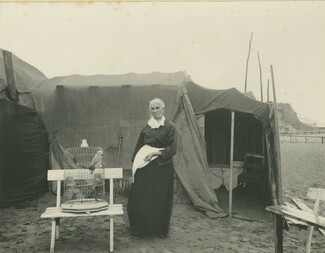
When the ball-giving Gypsies eventually made a decision to halt their tour in the late 1870s/early 1880s, many members of the group gravitated to the thriving seaside resort of Blackpool in Lancashire, obviously aware that its annual influx of up to a million holiday-makers made it an ideal location in which to make a living throughout the summer months - April to September - through fortune-telling and other forms of popular entertainment, such as running fairground rides, shooting galleries and bowling greens. The men in the group continued to deal in horses, if their occupations on censuses and baptismal records are to be believed. Many were talented musicians too, particularly in playing the violin. In the winter months, many of the families travelled south to favourite atchin tans in Liverpool and Birkenhead where they knew they would have a captive market for their skills from October to March.
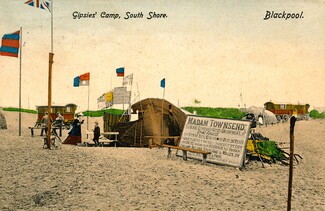
The Romany Gypsy community continued to live at South Shore even when the Pleasure Beach complex started to develop from about 1896 onwards. There are photos in the Pleasure Beach Archives of vans and tents pitched around the rides in the first decade of the 20th century. In fact, the Pleasure Beach even capitalised on the presence of their "tenants" by building a miniature railway around the encampment and had a station called "Gipsyville". The Pleasure Beach owners were the Gypsies' "landlords". But eventually adverse public opinion, new national and local legislation relating to building standards, sanitation and water supply and bans on things like clairvoyance combined to force the Pleasure Beach to give notice to the South Shore residents and the community was finally ousted in 1910. Some of the families moved into houses in Blackpool: my own family opened a guest house in a street adjoining the Pleasure Beach site - but my 2xgreat-grandmother Lementeni Smith also continued to have a fortune-telling booth on the sands nearby. Other families moved to live in other favourite locations in Lancashire and Cheshire: Liverpool, Preston, Manchester and Tranmere.
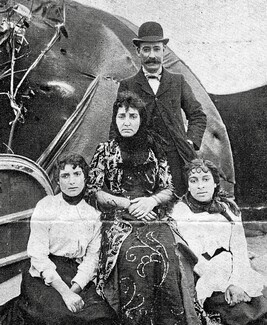
Trafalgar Boswell and his family had left Blackpool before 1910. They had been converted by the evangelist Rodney "Gipsy" Smith in Liverpool and had returned to East Anglia. They continued to travel there but also became evangelists themselves and ran a "Gipsy Gospel Mission Tent".
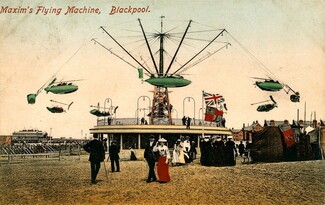
“Ball-giving Gypsies”
The enterprising idea of putting themselves on show to the public is said to have started with a member of the East Anglian Smith clan called George Lazzy Smith, a born showman. He was born in 1832 in Norwich, Norfolk, where the city's Mousehold Heath was a favourite atchin tan. However, he always claimed Epping Forest as his ancestral home: hence the "Epping Forest Gypsies" title that the ball-giving group adopted, and sometimes expanded - for kudos - to "Royal Epping Forest Gypsies". George was a cousin of my grtx2 grandmother Lementeni Smith, and joining him and his wife Kerelenda Lee in the group were members of the Cooper, Chilcott, Lee, Boswell, Whatnell, Robinson and Young families - all well-known Romany surnames in the eastern counties - who had intermarried and travelled with the Smiths.
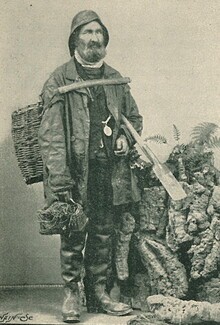
How the group planned their thousands of miles of itinerary around the British Isles isn't known, and nor are the logistics they used to arrange events in towns and cities that must have been totally unfamiliar to them. Suffice it to say that they took a very professional approach: Before their arrival at each location, they would print posters and handbills and have adverts placed in newspapers. They would also engage with the local press and be greeted and interviewed by reporters. They would then book one of the best public halls in the area - the Corn Exchange or Assembly Rooms for example - as well as hiring a fine orchestra and caterers. Alongside this they would also find a place to pull in to, staying anything from a few days to a fortnight. Very occasionally they would hold a ball within their own camp; but even these were sophisticated, complete with marquees, lighting, music and catering that they had hired in. The members of the group would dress in fine and very fashionable clothes. George and his wife Kerelenda, or another couple in the group, would often add to the appeal of each event by styling themselves as "King" and "Queen of the Gypsies" and offering the opportunity to meet them. It is little wonder that these Romanies attracted hundreds of visitors across all levels of society and of both sexes. Over the years, the ball giving Gypsies’ tours stretched from Aberdeen to Dublin, from Manchester to Hull, from the Isle of Man to Taunton and from Portsmouth to Newcastle.
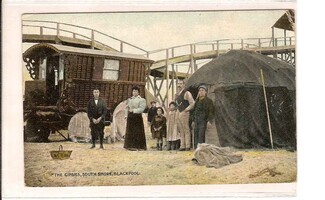
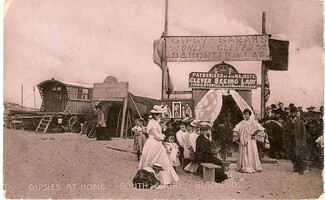
Romany Gypsies and fortune-telling
Romany Gypsy women - and very occasionally men - have practised the art of fortune-telling for centuries, if not millenia. And members of the settled community around them have always expected them to do so. In past times it was one of the mainstays of a family's domestic income and a tradition that was passed down by mothers to their daughters and, from time to time, their sons too.
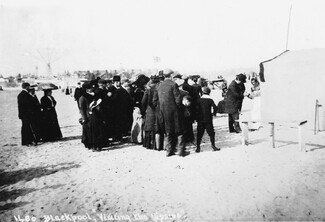
For most fortune-tellers reading palms was an adjunct to their "calling" - going from door to door in a village or town to sell pegs, hand-made lace, small baskets, wooden flowers, sewing materials and other household essentials to the women of the house. They had to be covert about their palm reading as it had been made illegal under British legislation in 1747 and again under the Vagrancy Act of 1824. The women of South Shore had all had careers as fortune-tellers before they arrived in Blackpool - and they had frequently appeared in the press being arrested and tried for the crime of palmistry at Quarter Sessions, Petty Sessions and Police Courts across Britain and Ireland even while they were en route to different locations with the ball-giving Gypsies. They were usually found guilty and fined but seemed to shrug it off. One or two of the repeat offenders were even sentenced to short spells of imprisonment.
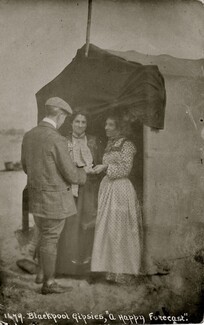
In Blackpool, their customers were coming to them in their own fortune-telling booths out of personal choice. In order to not appear to be blatantly breaking the law, the women would put a sign up on their booth saying "Baskets for sale, 6d each. Advice free" to try and get round the legislation. They were, however, still prosecuted and fined virtually on a weekly basis. But telling the fortunes of Blackpool holidaymakers was extremely lucrative. "Gipsy Sarah", properly Siari Boswell nee Draper, one of the most famous of the Blackpool fortune-tellers, used to say "You haven't been to Blackpool unless you've had your fortune told at South Shore." Visitors followed her advice - and the local newspapers reported that at the height of the summer season, a fortune-teller could be earning as much as £10 to £12 a day, which is a lot of palms read at the price of 6d or 1 shilling each - and a lot of baskets made and sold too.
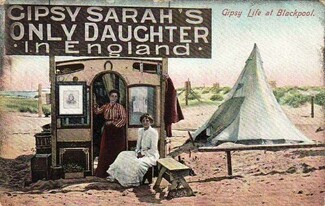
Most of the fortune-tellers would ask their customers to show the palms of their hands and would then read the lines. My own 2xgreat-grandmother Lementeni Smith used that technique but also had an interesting alternative method. A photograph taken in 1906 shows her by her tent at South Shore with her pet African Grey parrot in a cage on a table. I believe she was using the parrot to help her tell her customers' fortunes. In this technique, a pack of printed cards is placed in the parrot's cage. The fortune-teller interviews her customer and then prompts the bird to select a card from the pack and the customer finds his/her fortune is written on it. This parrot was still alive around 1926 or so, when my father visited the home of his grandmother Pamela and great-grandmother Lementeni as a small child and saw it.
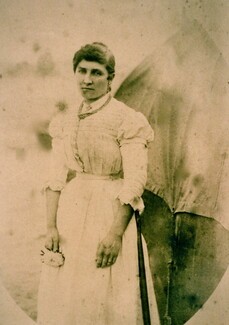
About Sharon Heppell
I first got a taste for family history when my great-uncle showed me a photo of his mother and her birth certificate. This was in the late 1960s when I was a teenager. My great-grandmother Pamela was photographed outside, standing beside a tent. Her 1861 birth certificate showed that she had been born in a lane in Norwich and that her mother's name was unusual - Lamentina Smith. None of these things meant anything to me at the time. That's because no-one in the family had ever mentioned that Pamela and Lamentina/Lementeni were Romany Gypsies. It was only when family history research became a real passion in the early 1980s and I had more experience in searching through historic documents that I began to wonder if my Smiths were travelling people. I also wondered if they would therefore be impossible to trace and I put my Smith file aside.
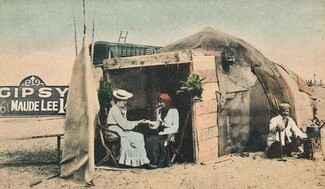
By 1992 I had completed a 2-year Certificate course in family history research at the University of London. I then applied for a one-year Diploma course and for this had the opportunity to make an in-depth study of any family history topic I chose and write a thesis on it. I decided to pick up my Smith file again with a view to finding out more not only about my own Smith ancestors but also the reasons why they started out living and travelling in East Anglia but eventually were to be found in the sea-side town of Blackpool as members of a large Gypsy community there.
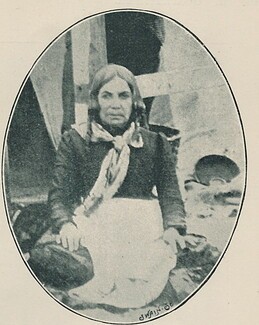
I completed my thesis in 1993 with the title "From Welcome Visitors to Vagabonds: the History of the Gypsy Encampment on Blackpool's South Shore, 1840-1910" and - not to be too dramatic - there has hardly been a day since when I haven't been thinking about, talking about and writing about Romany Gypsy family history and helping others to do the same. The latter is one of my key motivations. It is pure joy to me to be able to pass on to other researchers the knowledge I have gained and the techniques I have used in searching for and finding travelling people in archives and also to be able to bring together people who are interested in the same families and indeed share the same ancestors.
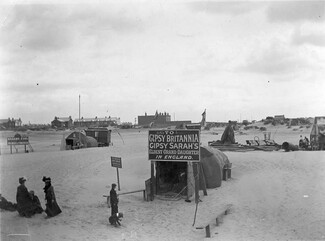
As part of this in 1994 I became one of the founder members of the Romany and Traveller Family History Society and I continue to serve on the Committee today. Currently I am the Editor of the Society's quarterly journal, "Romany Routes". We celebrate the Society's 30th anniversary this year. The Society of Genealogists also invited me to write a guide to researching Romany family history in Britain. "My Ancestors Were Gypsies" was first published in 1999 and is now in its third edition.
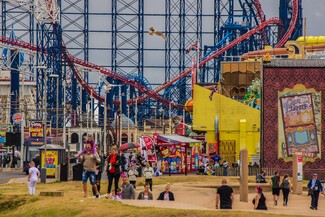
My 2xgreat-grandmother Lementeni Smith (born 1841 in Suffolk; died in Blackpool, 1927) was a member of the South Shore Gypsy community, as was her mother Fambridge Smith (born 1822 in Essex; died 1896 in Blackpool) and her daughter Pamela (born in Norwich in 1861; died in Blackpool in 1937). All were fortune-tellers. I am related to Athaliah Boswell's Whatnell family and to Blackpool Robinsons through my Smiths and to the community's Lees, Youngs, Herons and Boswells through the Chilcotts. My 5xgreat-grandmother Elizabeth Smith married John Chilcott in 1792 as her second husband and became the ancestor of Florence Chilcott, the mother of Trafalgar Boswell, and of Caroline Chilcott, the wife of Thomas Lee.
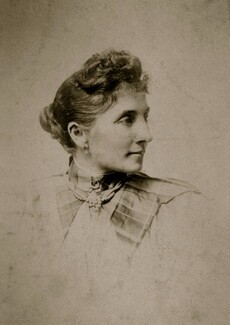
I am a writer and journalist by profession, having worked as a copywriter in the advertising industry since the 1970s and, in more recent times, as the owner/director of a small design and marketing partnership. I'm now retired but my delight in discovering all I can about my South Shore ancestors, their families and travelling companions hasn't stopped.
I am also very happy to share my knowledge. So if your ancestors were members of the ball-giving group and/or of the South Shore Romany Gypsy community, please do get in touch with me via Travellers' Times at travellerstimes@ruralmedia.co.uk – marking your email ‘for Sharon Heppell’.
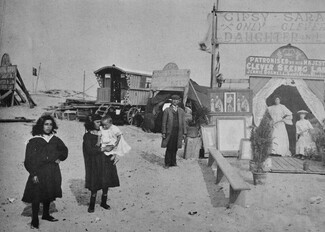
The fortune-telling booth of Jennie Boswell, the second wife of Tobias Boswell. This was undoubtedly taken on the same day as the photo of Jennie - published further up in this article. Tobias is another son of "Gipsy Sarah" and Edward Boswell. Tobias stands to the left of the booth. Two of Tobias' daughters by his first wife - Ada Lee – stand in the foreground, one holding a baby that is likely to the child of Tobias and second wife Jennie.
By Sharon Heppell
(Interviewed by email by Mike Doherty/TT)
This article first appeared in a much-shortened form in the 2023 Autumn/Winter edition of the Travellers’ Times Magazine. Find out more about our magazine, including how to subscribe, here.